While UC San Diego officially became a Division I athletic program last season, the long-held plans for the transition were marred by the COVID-19 pandemic. With a first full season in D-I coming up, The UCSD Guardian spoke with Athletic Director Earl Edwards, who has seen the Tritons go from a D-III program to D-I over his 21-year tenure. The following interview transcript has been lightly edited for style.
Obviously, having that first year in Division I be thrown into chaos by the pandemic must have been a big disappointment. What was it like for that to happen during a transition you’ve been planning for years, and how did you try to deal with it?
Well, I’m going to jump to one of our core values, which is resilience and having to deal with adversity. So we clearly had to move into that mode. It was — I’ll just be candid — it was very disappointing to be in a COVID environment, particularly with the fact that we had to cancel a number of our fall sports, so they didn’t get to compete.
On the other hand, we used that time to prepare our athletes, as far as conditioning and practices, and they were allowed to compete in the spring, so they were able to get something out of it. I like to look at the first year as an asterisk year for us, because it was so different. I actually think with it being different, that that somewhat worked in our favor in that we didn’t have the full competition across the board, but yet the year still counts towards our [Division I] reclassification, so it was good in that sense.
And last but not least, even though it was a challenge, and we were disappointed, those sports that we did compete in, we were very competitive. So that was good to see, that we’re in the right league and that we’ll be successful as we move forward.
Does having that sort of false start with the move to Division I shift some of the focus to this season, and what plans are underway for giving UCSD athletics the more proper inauguration it deserves?
The reality with COVID is, as I said, it was an asterisk. So this is the real year that we can get the word out to the campus and the community. So you’ll see a lot more marketing about UCSD going Division I both on and off campus, and that marketing is quite extensive.
We’ve done a lot of reaching out to the community and the students as well, so we’ll see that employed. This year, we’re still going to have some remnants of the COVID environment where we may have to limit fans, but the idea that fans can attend contests will make it seem like this is really the first year. I’m actually pleased that we kind of got our feet wet this year, we know more [about] what to expect. We also have some new recruits that came in with us moving to Division I, so I expect that we’ll be that much more competitive in the Big West Conference.
Now that UCSD is in Division I, there’s no more levels to move up on the ladder. If the goal now is to be a recognized athletic brand like a [University of Southern California], a UCLA, a UC Berkeley, what is the plan in the next five, 10, 20 years to make that happen?
Well, I need to make a clear distinction that when you talk about Division I, there’s essentially two different levels. And when you talk about Berkeley, UCLA, USC, those schools are all football schools, and they’re in Power 5 conferences. So they’ll continue to get a lot more national recognition. Our goal would be to be very successful within the Big West Conference, meaning competing for championships on a regular basis. That said, it’s a non-football conference, so you don’t get the same amount of exposure. But I will say, when we’re successful in certain sports, basketball, baseball, volleyball, soccer, for example, we’ll still get that national exposure.
In the meantime, whether we win championships or not, because we have the capability of producing games on ESPN+, where we’ll be on that national stage somewhere between 150 and 160 times with various sports throughout the year, I would expect that we’ll get a lot of national recognition because of that — not just for the athletic piece, which is obviously important to us, but also for the type of institution that UC San Diego is. I like to describe us as a public Ivy, and one of the things that’s nice about Division I and being on TV is that we’ll be able to tell the story of UC San Diego beyond athletics. So in this five to ten year period, I expect to be on the national stage competing for championships in various sports, and again, even if we aren’t in the championship realm, which I expect we will be, we’ll have that national TV exposure and local exposure moving forward.
The shift to Division I isn’t completely uncontroversial among the campus community, especially for people who aren’t going to watch the athletes. What do you think Division I brings to a school like UCSD, other than just better sports?
Well, we’ve talked a bit about it, that the branding or national exposure is a big thing, because — at least it’s been my experience — the reality is there’s not a whole lot of people east of the Mississippi that know about UC San Diego, so the branding is a big piece. The other part is when you look at our campus, the fact that we have seven colleges, while that’s a good thing in terms of a small environment within a big university, it also has a tendency to cause more separatism than you would find at other schools. So athletics clearly would be a way to bring everybody together as a university.
The third thing I would mention is that the school spirit, the Tritons, the blue and gold, that’s not something that’s been a big part of UC San Diego in the past. So school spirit would be severely enhanced. I would also throw in that when you look at alumni engagement or connections, alumni that are on the east coast that can watch UC San Diego compete, that type of connection is really important to most universities. And then I would also throw in that you’re more likely to enhance giving to the university through an athletic program that has national exposure.
When we look at the community, not just the campus — and I’ve already seen it happen — the San Diego community, the fact that we’re Division I and now we’re competing against [University of San Diego] and San Diego State, we’ve become more elevated or connected to the community. I’m convinced that with this move to Division I, we will have many individuals that’ll come to campus to come to an athletic event, and while doing that, they’ll discover that there’s a lot more on the campus. So that just opens it up for the community as a whole. So when you put all those things together, the culture, the alumni engagement, the school pride, donations, those are the things that moving to Division I will enhance, and will enhance things significantly.
You’ve seen UCSD go from a D-III program to a D-I school over the last 21 years. What do you think are the biggest changes you’ve seen in Triton athletics over that time, and how do you think the program’s going to change in the future?
That’s a very good question, because when you look at the transition of athletics from [Division] III to II to I, there’s a lot of parallels to the evolution of the university as a whole. When I think about us being Division III, I believe we were somewhere in the neighborhood of 13–16 thousand students; we moved to Division II, we jumped into the 20s and 30s, and, as you know, overall, between undergrad and graduate is somewhere around 40–41 thousand with 36 thousand or so undergrads, so just the growth of the campus as a student population has been tremendous.
And then when you look at the campus, in terms of new facilities, we have seven colleges, a new Sixth college, the learning commons, the trolley that’ll be running through our campus… In fact, I’d like to describe where we are now, with Division I and the building on campus, as a renaissance period. If there’s anybody that graduated from here 10–12 years ago, and they come back to campus, they’d be blown away with the growth. Along with that, we continue to get national recognition for our academic prowess, with Nobel laureates and a lot of different awards.
So it’s been fascinating for me to watch that growth, and to be a part of that as the athletic department, it’s only fitting that we would be competing at the highest level. This has been an extremely exciting time, and I can’t believe all the things that have changed in a very positive way. When you look at the fact that we’re only 61 years old, we’re really a baby when it comes to universities, yet we’ve had a major impact across the board. And that gets me excited for the future, because if we’ve done all these things in only 61 years, it just makes me wonder what we’re going to look like in the future.
Image courtesy of Scott Flanders / UC San Diego Athletics


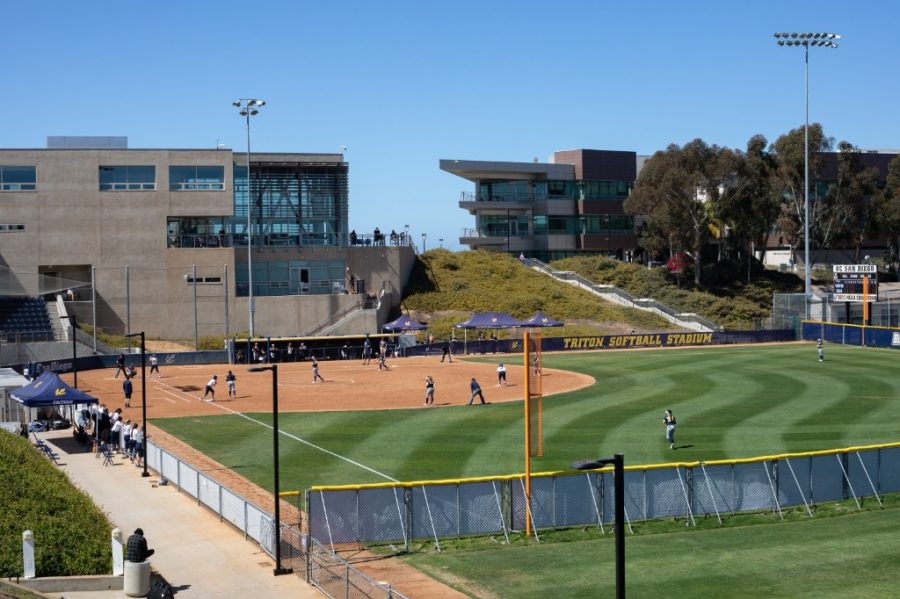
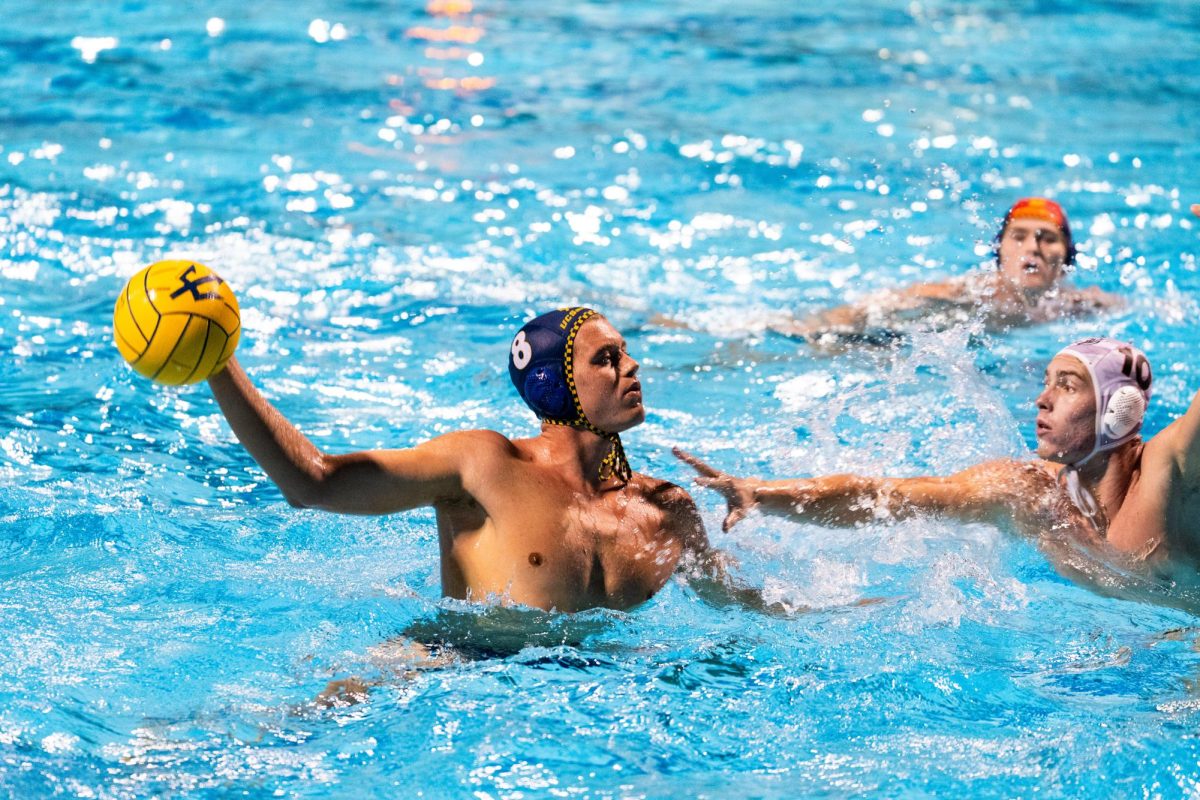
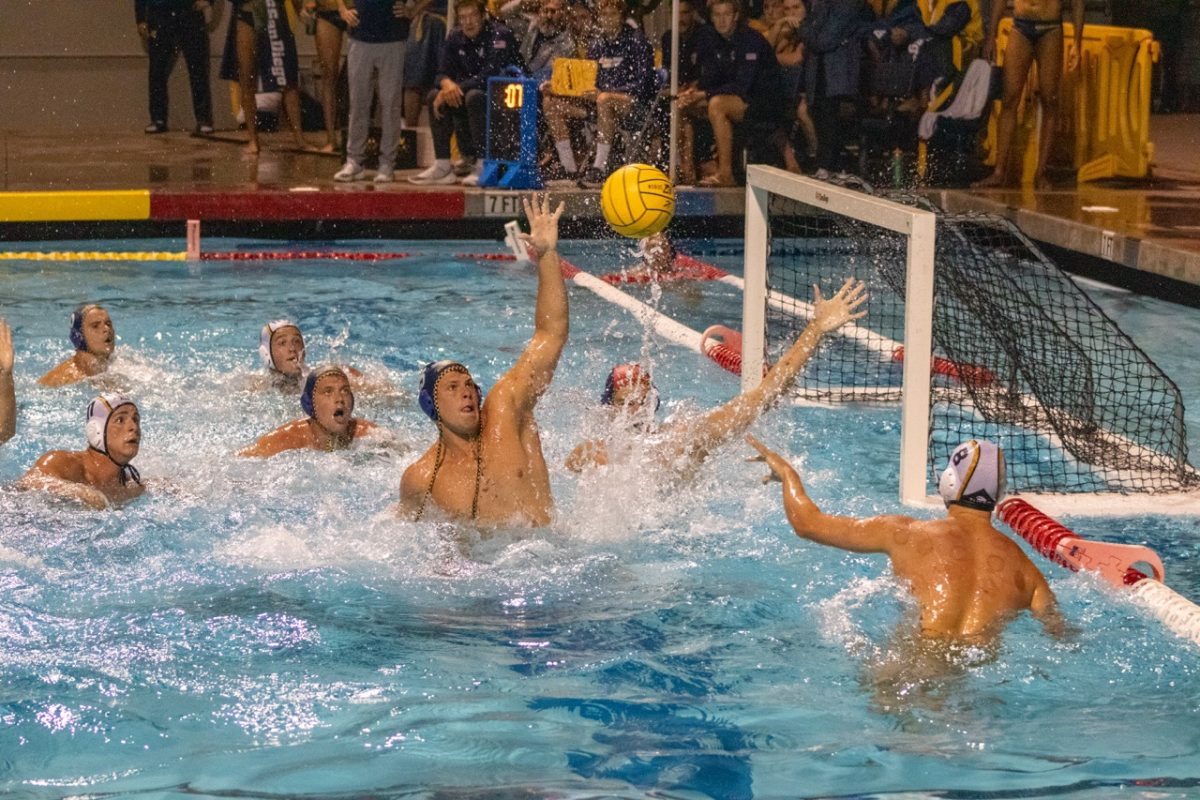
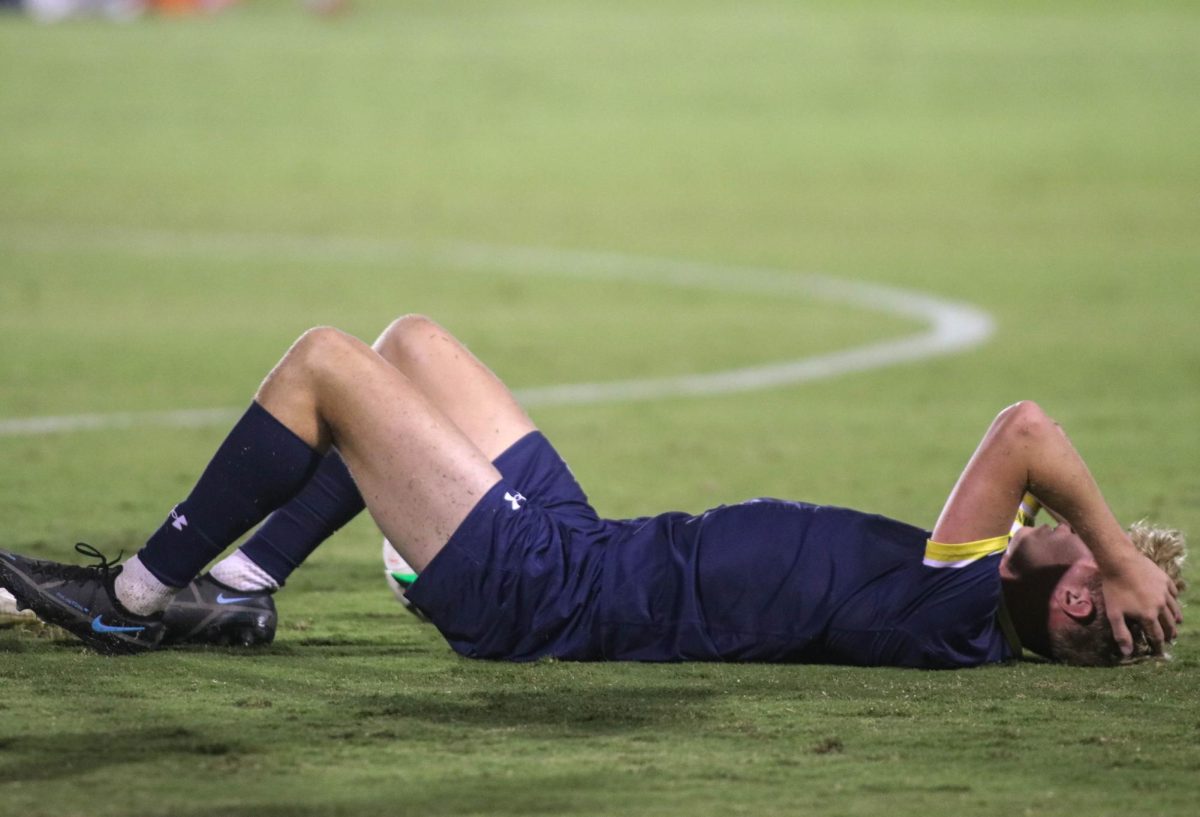
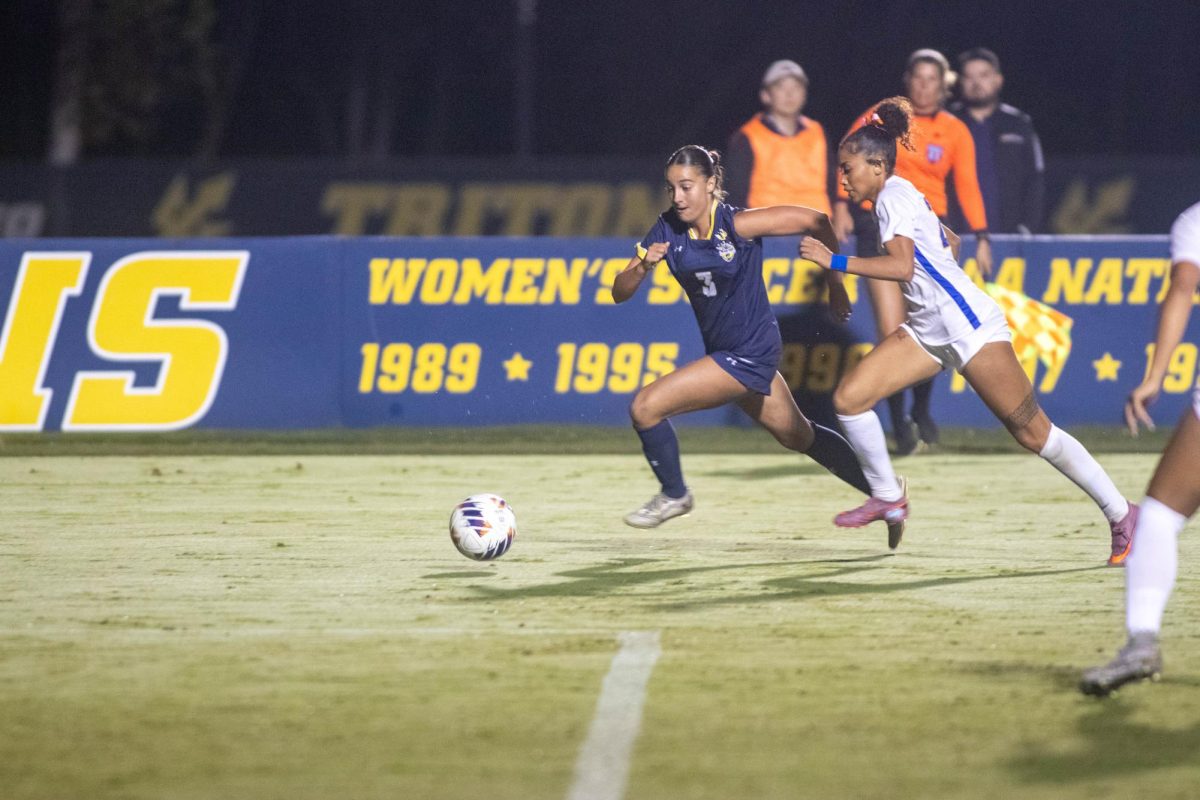
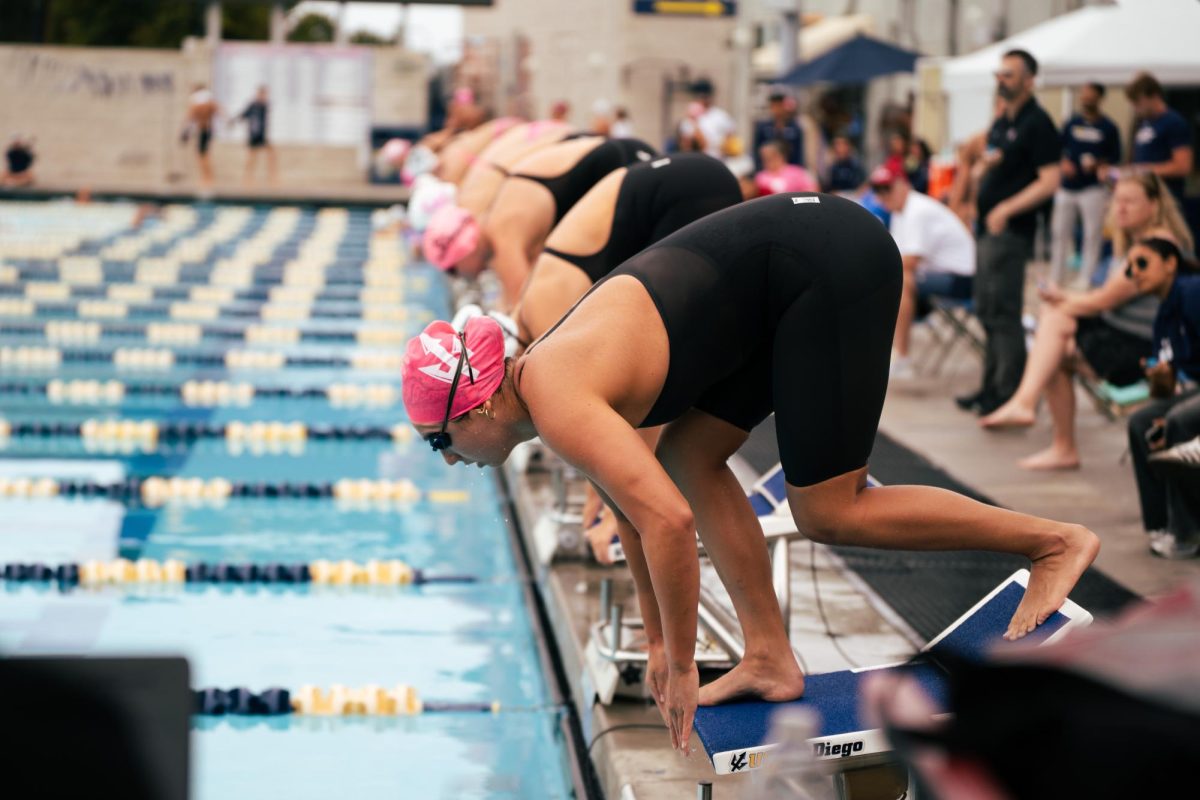
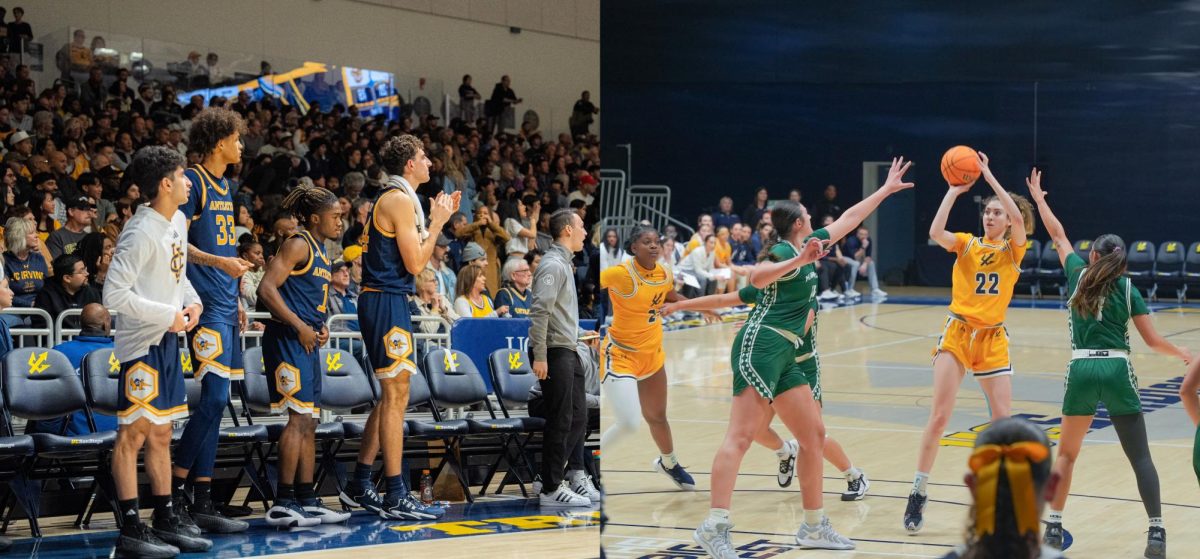
Adam • Sep 28, 2021 at 9:47 am
These are important events and it is important to observe them with your own eyes. The main reason for attending the matches of my favorite team, I have understood this for myself for quite a long time, is bright emotions and people, without whom it is difficult for me to imagine my life today, friends. By the way, you can always find football tickets here https://www.cheapticketsite.com/category/mls-soccer-tickets